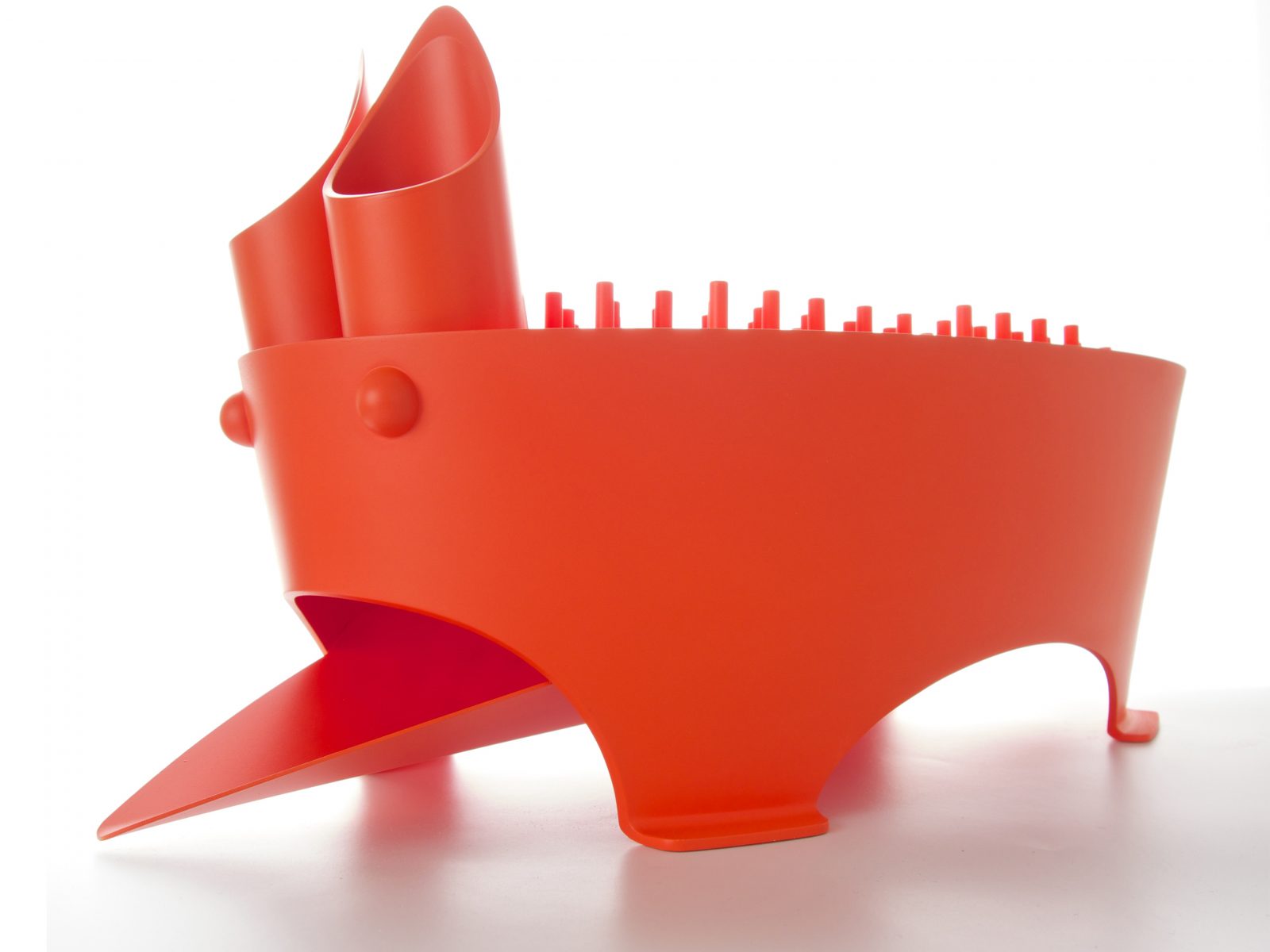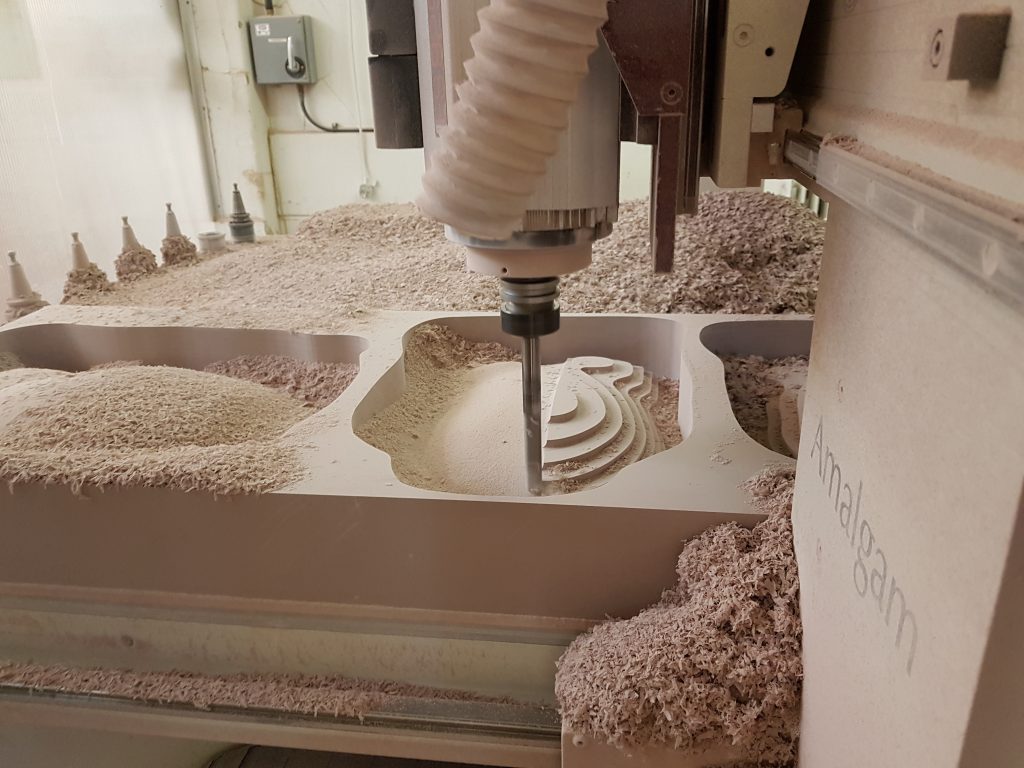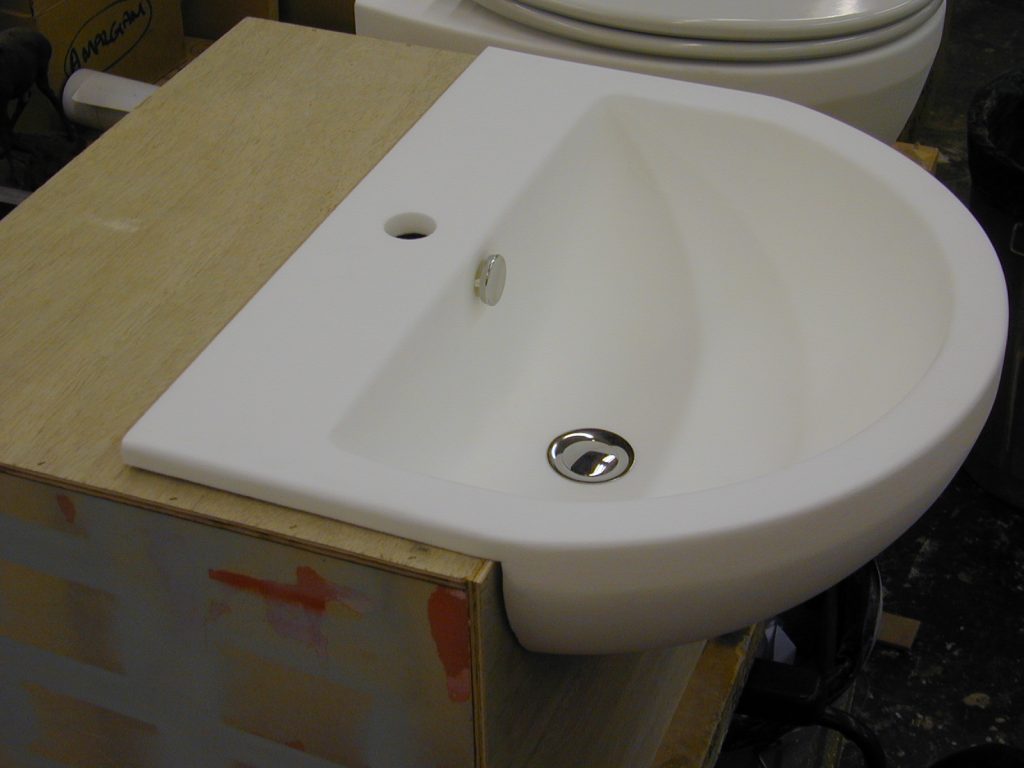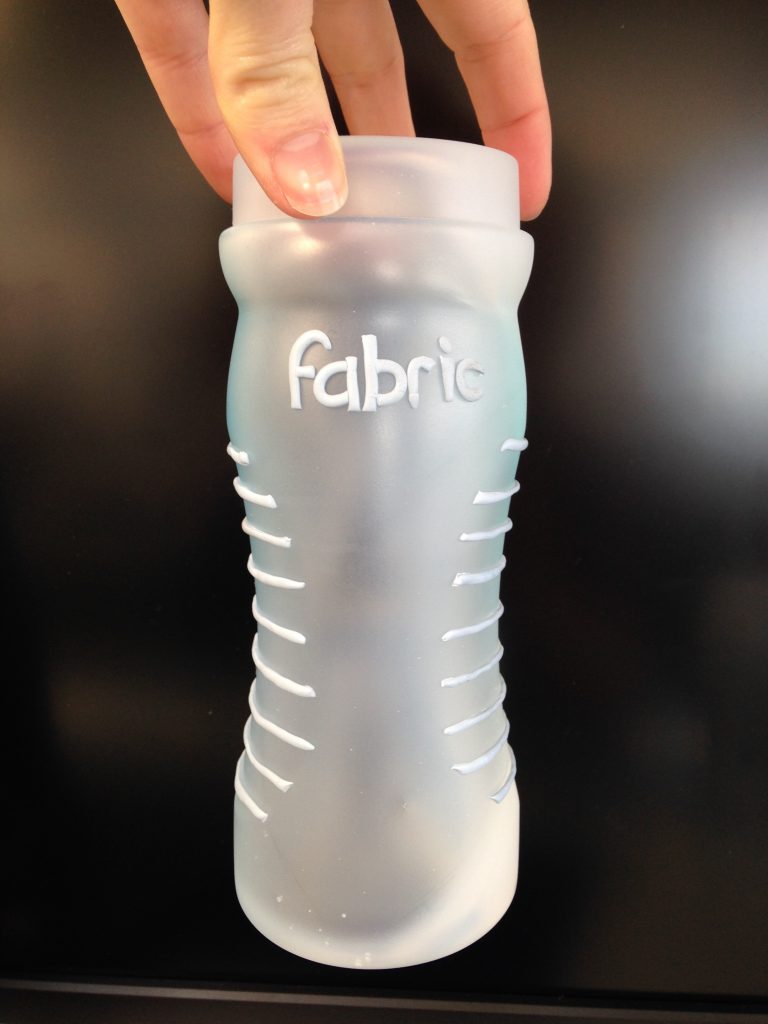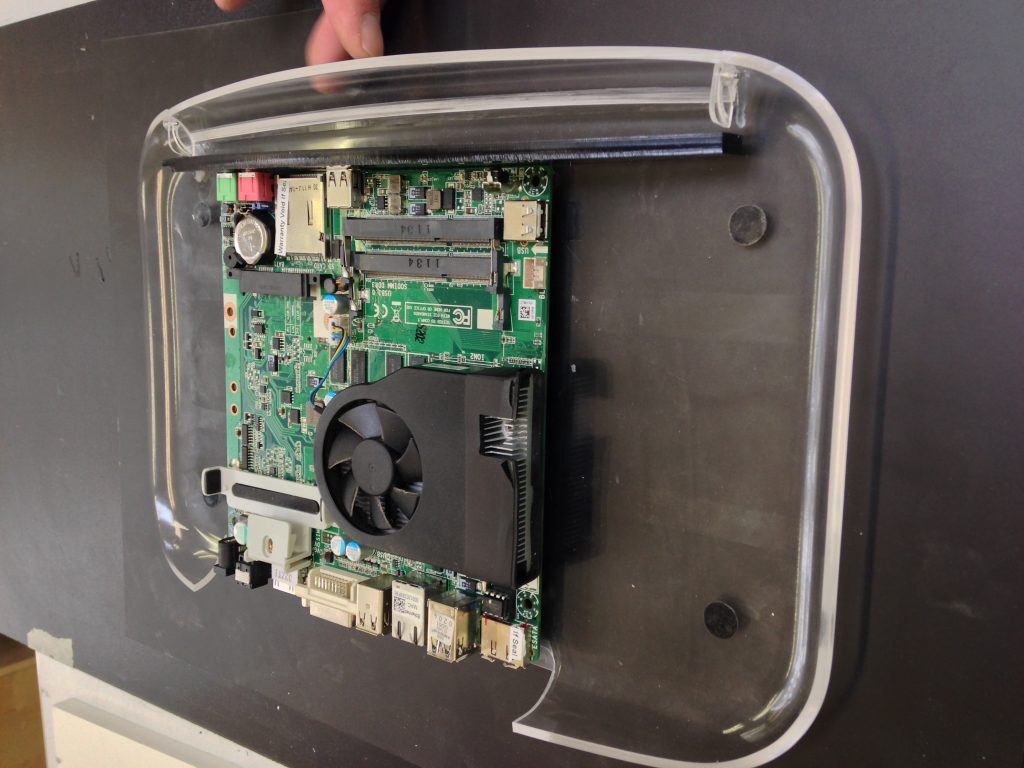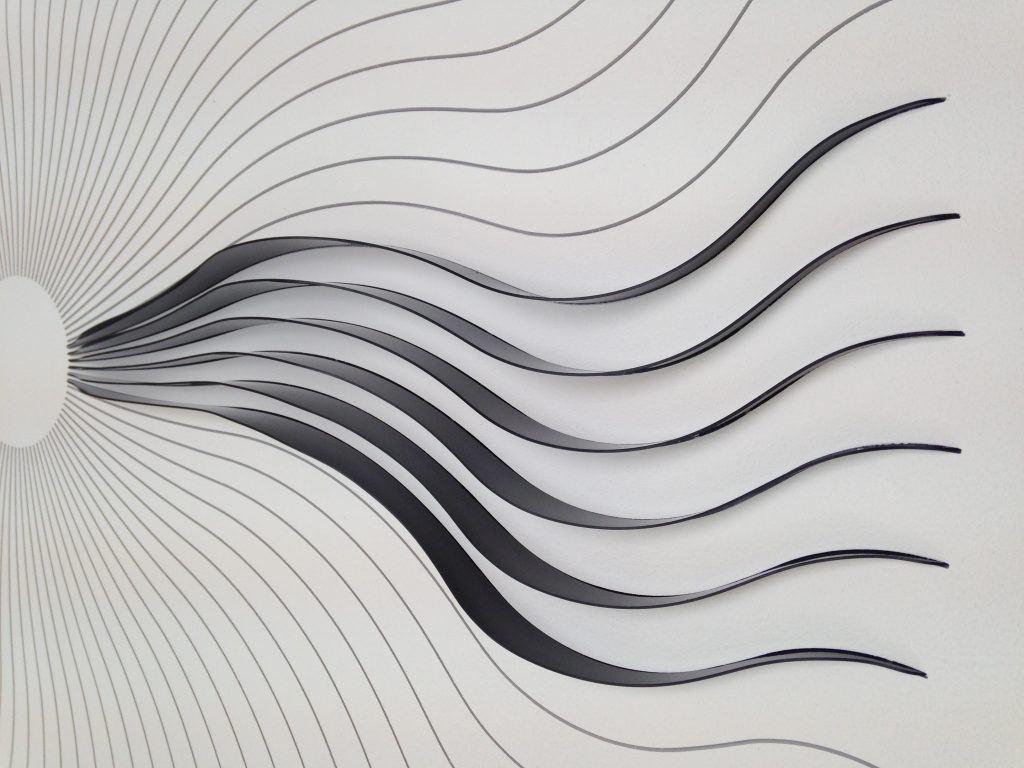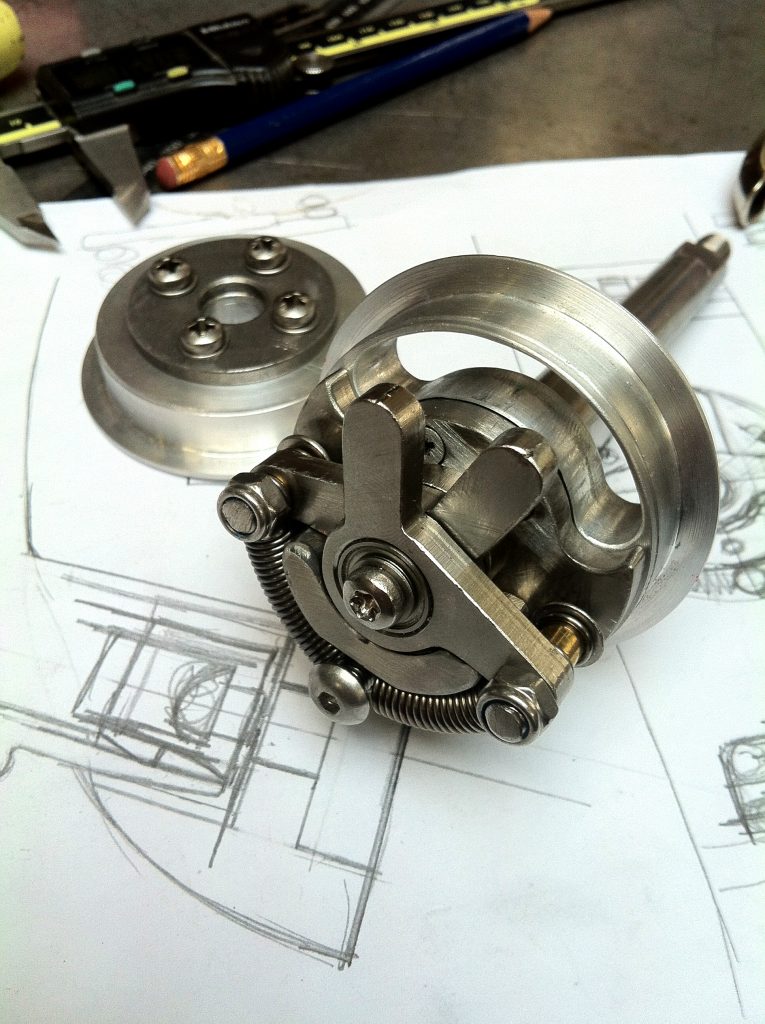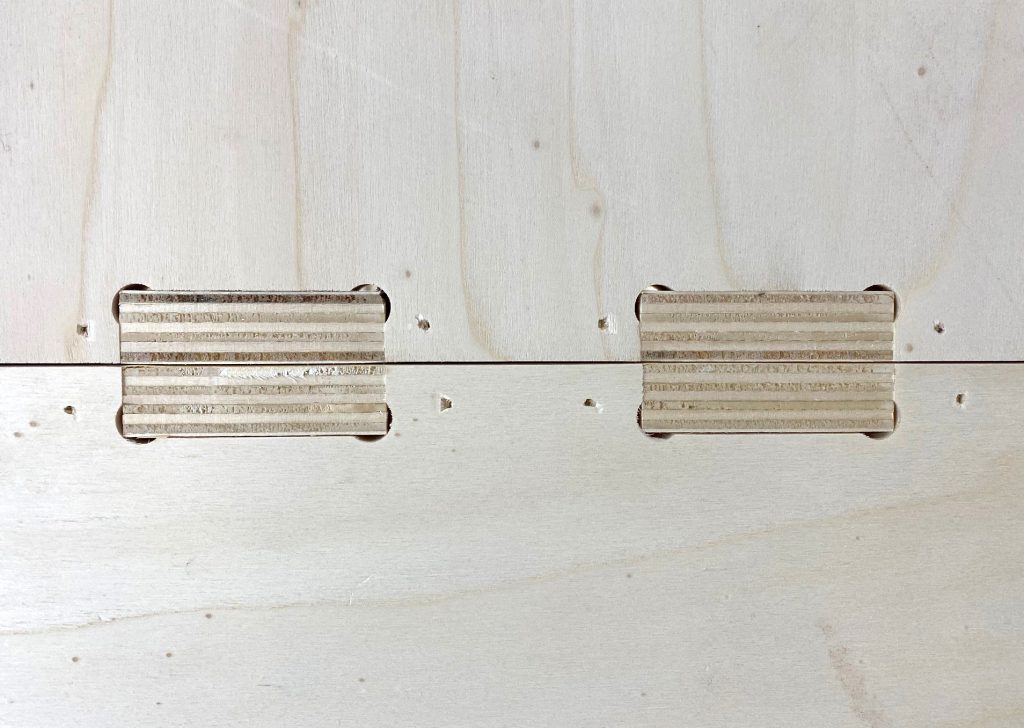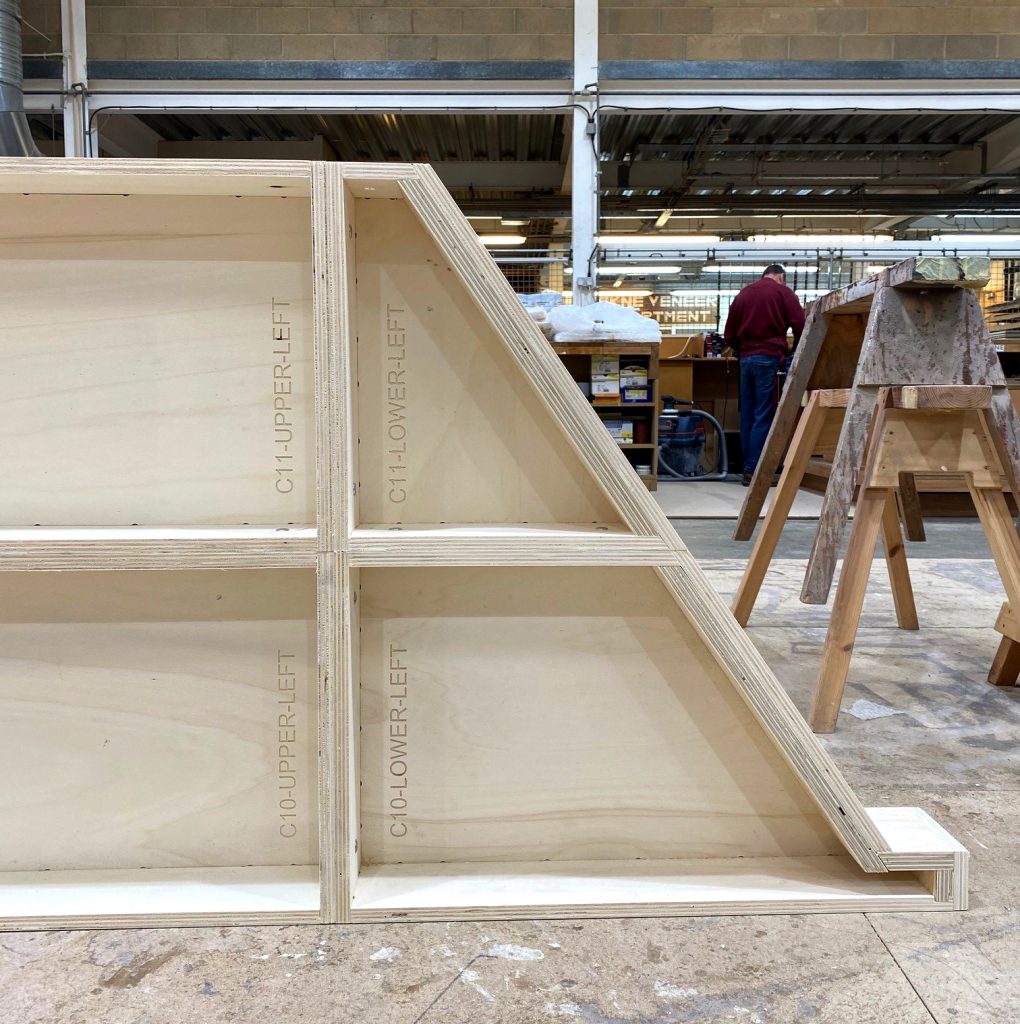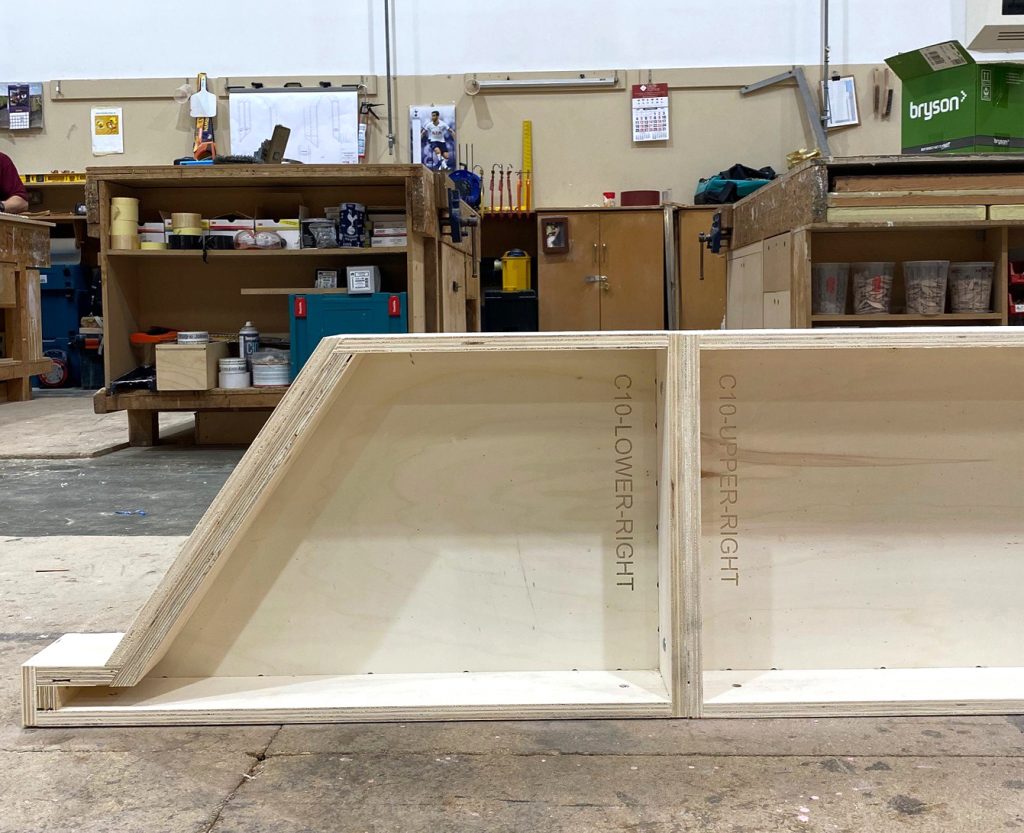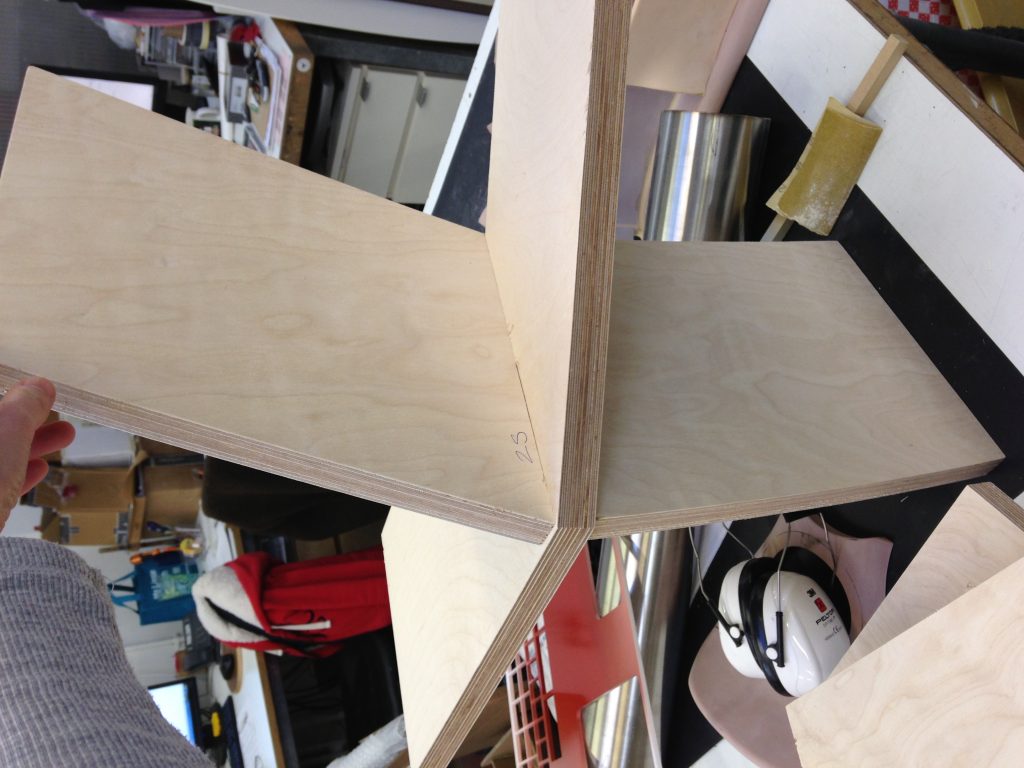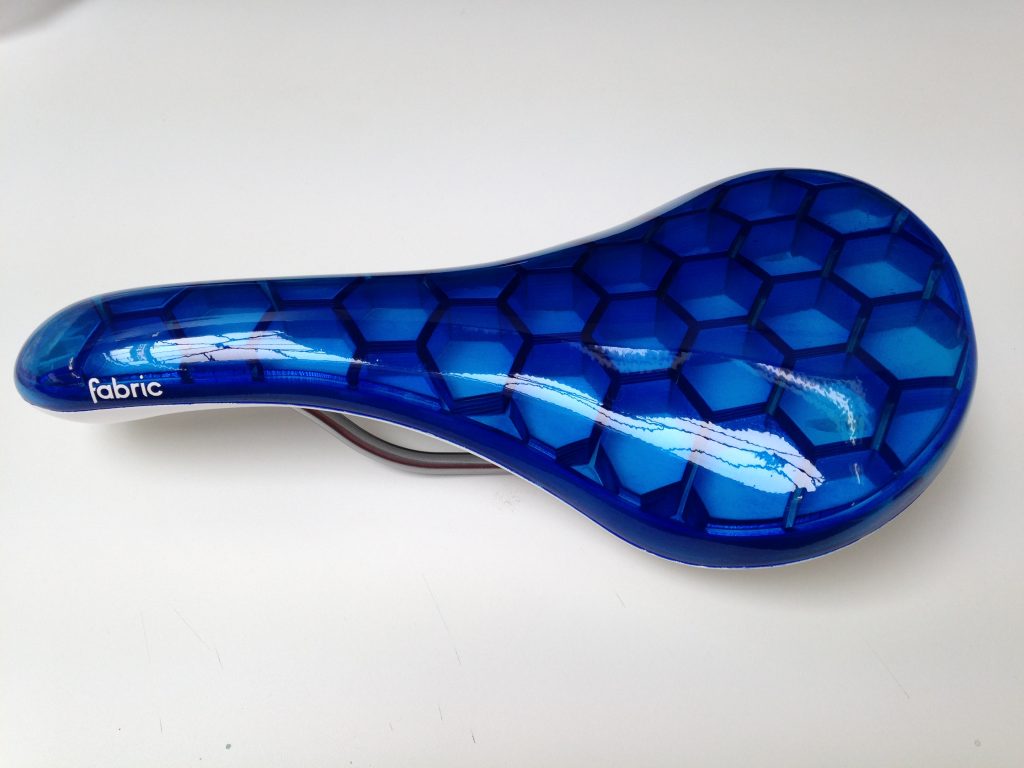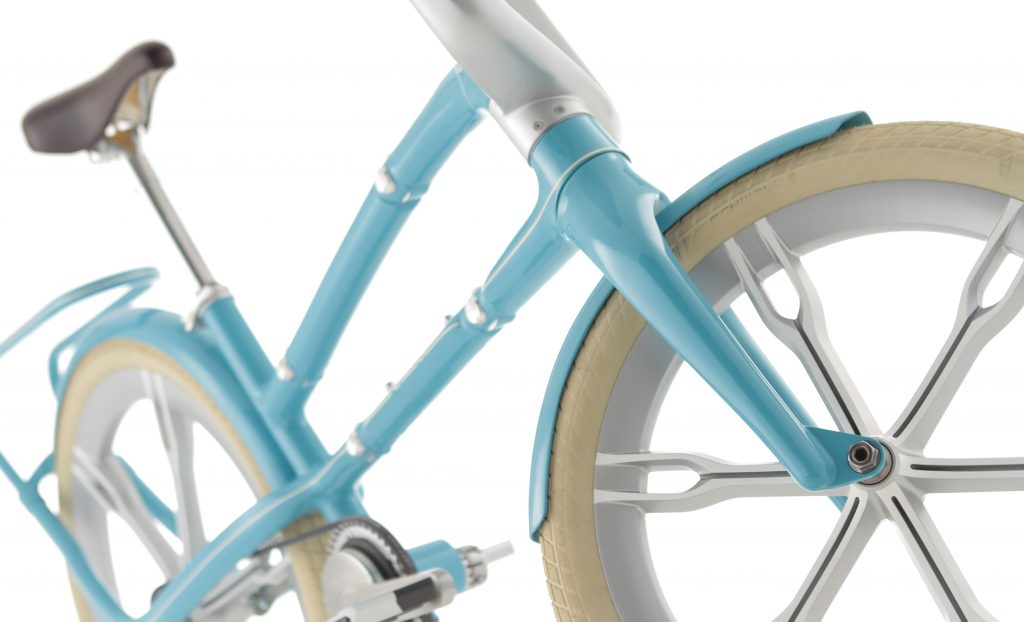“It looks so different to how it looks on the screen!”
“Uh-oh, it’s a lot bigger than I was expecting…”
“Wow, it looks amazing!”
These are all phrases I have used after holding a product prototype for the first time. And I am sure I am not the first or the last designer (or client!) to utter phrases like this!
There is a lot to gain from going through one or two rounds of prototyping, and it doesn’t have to cost the earth. If you are clever about it, you can pick the type of prototype that is suitable for what you hope to gain from the model. I recently paid a visit to the Bristol-based model-making company Amalgam to take a look around their new workshop space in order to understand more about the ranges of prototypes on offer, and how they can benefit individual projects.
Study of form prototype
Think of toothbrush design. How does a designer know if a new shape of toothbrush will be comfortable to hold and not be too big or too small? Through a load of form study prototypes! Twenty years or so ago these were often carved by hand from dense modelling foam, and for some designers, this is still the method of choice if they can do it quickly, but with the affordability of technologies such as 3D printing it is not un-common to quickly run off a range of 10-20 rough forms on a 3D printer to try out for size, shape and scale.
.
Proof of concept
A proof-of-concept-prototype isn’t often made to look pretty. Imagine you have an idea for a new design of electric car. You wouldn’t build a working model of the entire car to start with, as that would cost you an absolute fortune. So you build a bit of it, like the engine for example, to test it will work before you start to build the rest of the design around it. These types of prototypes are made to test theories, prove design principles, test function.
.
Visual prototype
These are often used for product marketing and adverts like photoshoots and videos. They need to look like the finished article, so will likely have colours and a surface finish that will mimic the final result. The models might not fully function as the finished product would, or me made from the same materials, but if you only want a static image for a website or a poster to look like the real deal, then it doesn’t matter what it is made of. A good example of this is the privacy accessories prototypes for take cover project I worked on.

Scale or partial prototypes
If your project is particularly large; like a house, or a boat for example, then you could save yourself a penny or two by having a small scale prototype made. These are usually just for visual purposes to assess aspects of the design’s aesthetics. If you need to test function on a large scale project you could opt for a partial prototype instead. This will be a section of the design to test things like joints and fixings. I had a partial prototype produced of the Pottering Shed for the award-winning architect and developer Roger Zogolovitch, and it did just that. It highlighted any potential problems with the building and proved the jointing principles as we hoped it would!
.
The ‘Wow Factor’ prototype
The all-singing, all-dancing prototype that comes with all the bells and whistles. This is the one that will cost you, although it is often the one saved until the very final stage of a project – and it may not be needed at all if any of the previous prototypes I have mentioned were enough. This is the one you would take to a client board room meeting to gain investment. The one you show your bank manager to secure funding for production. The one you take to Dragon’s Den. It looks and works like the final product would. It may not be made from exactly the same materials as it would in production, and might have a range of different prototyping processes in there, like 3D printing combined with hand carving and an amazing spray job too – maybe even some whizzy electronics and LED’s, but if made well, it will be jolly tricky to tell it isn’t the finished product.
.
.
I hope you found this article as insightful to read as it was to write! If you have a design concept and would like to talk through the different types of prototypes and what is right for your project, then please do get in touch.
